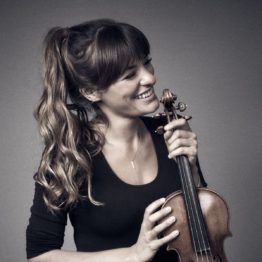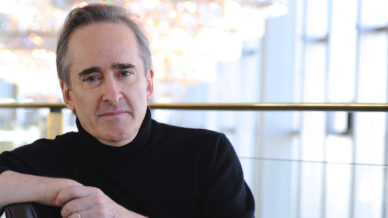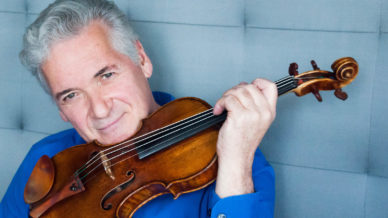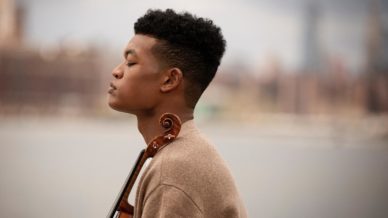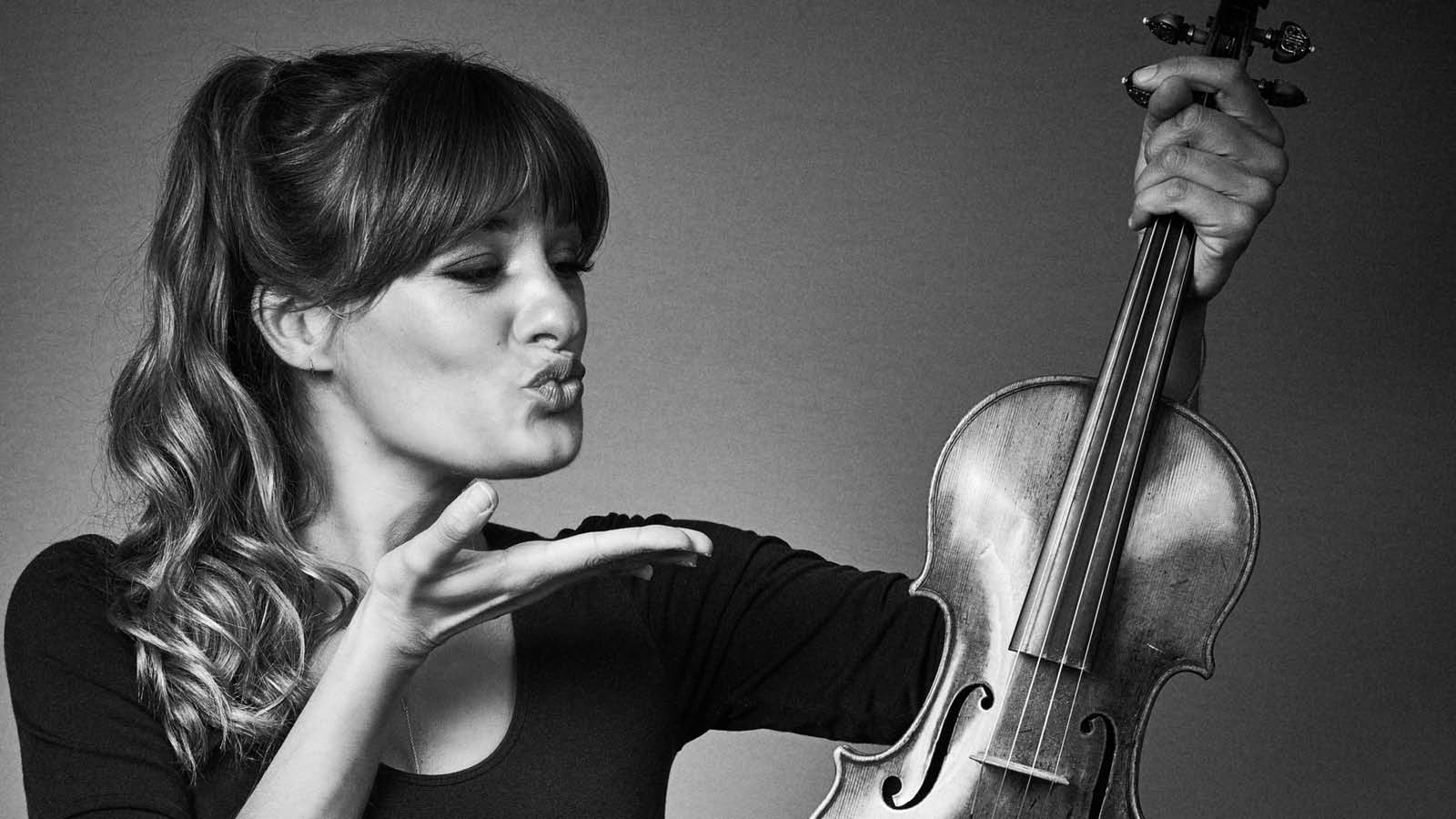

Fabio Luisi & Violinist, Nicola Benedetti
November 17 – 19, 2022
FABIO LUISI conducts
NICOLA BENEDETTI violin
JAMES MACMILLAN Violin Concerto No. 2 | U.S. Premiere
BRUCKNER Symphony No. 4
Benedetti’s innate musicianship and spirited presence makes her one of the most sought-after violinists today, coupled with the pre-eminent Scottish composer of his generation, James MacMillan’s music combines rhythmic excitement, raw emotional power and spiritual meditation. The Guardian described MacMillan as, “…a composer so confident of his own musical language that he makes it instantly communicative to his listeners.”
The piece pairs perfectly with Bruckner Symphony No. 4, an ethereal journey that is romantic, luscious and deeply spiritual. Join Fabio Luisi and the DSO as they bring the “Romantic” tale hidden in its music to life.
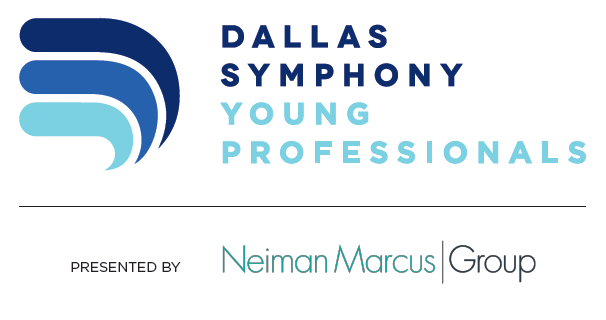
Our Dallas Symphony Young Professionals will be in attendance to this performance. Learn more about how to become involved in DSO YP here!

DSO AFTER DARK WITH THE CONCERT TRUCK
NOV 18 | 9:30 PM | HALL ARTS HOTEL
Please join us after the concert for a free, outdoor performance featuring members of the DSO and pianists Nick Luby and Susan Zhang. Hors d’oeuvres, cider, and drinks will be served.

Program Notes
by René Spencer Saller
The Scottish composer and conductor Sir James Loy MacMillan first attracted
international attention in 1990, after the rapturous response at the BBC Proms to
his large symphonic work The Confession of Isobel Gowdie. Subsequent successes
range from his extraordinary (and unusually popular) percussion concerto Veni,
Veni, Emmanuel to his Fourth Symphony, which was first performed on August 3,
2015, by the BBC Scottish Symphony Orchestra and conducted by his fellow
countryman Donald Runnicles. MacMillan’s recording with Britten Sinfonia of his
Oboe Concerto, for the Harmonia Mundi label, won the 2016 BBC Music
Magazine Award. In 2019 The Guardian deemed his Stabat Mater the 23rd greatest
work of art music since 2000.
MacMillan completed his Violin Concerto No. 2 in 2021, and the world premiere—
performed by the work’s dedicatee, the Scottish virtuoso Nicola Benedetti—took
place on September 28, 2022, at Perth Concert Hall, Perth, Australia. This is its U.S.
premiere.
The Composer Speaks
My Second Violin Concerto is written in one through-composed movement and is
scored for a medium-sized orchestra. It opens with three chords, and the notes
which the soloist plays in these (pizzicato) outline a simple theme which is the core
ingredient for much of the music. This three-note theme incorporates a couple of
wide intervals which provide much of the expressive shape to a lot of the
subsequent melodic development throughout the concerto.
When the soloist eventually plays with the bow, the character of the material sets
the mood for much of the free-flowing, yearning quality of the music throughout.
The prevailing slow pulse is punctuated by some faster transitional ideas, and after
a metric modulation the second main idea is established on brass and timpani,
marked alla marcia. The wide-intervallic leaps in the solo violin part continue to
dominate in a passage marked soaring, even as the music becomes more rhythmic
and dancelike.
An obsessive repetitiveness enters the soloist’s material just before the first main
climax of the work, where the wind blare out the wide-intervalled theme. The
central section of the work is reflective, restrained and melancholic, where the
soloist’s part is marked dolce, desolato and eventually misterioso, hovering over an
unsettled, low shimmering in the cellos and basses.
The martial music returns and paves the way for an energetic section based on a
series of duets which the violin soloist has with a procession of different
instruments in the orchestra—double bass, cello, bassoon, horn, viola, clarinet,
trumpet, oboe, flute, and violin. After this we hear the three notes/chords again
developed in the wind over a pulsating timpani beat, which sets up the final climax
marked braying, intense and feroce.
The final recapitulation of the original material provides a soft cushion and
backdrop to the soloist’s closing melodic material, marked cantabile, before the
work ends quietly and serenely.
My Second Violin Concerto is dedicated to Nicola Benedetti and in memoriam
Krzysztof Penderecki, the great Polish composer who died in 2020. —Sir James
MacMillan, 2022
Trained by his schoolmaster father and the Augustinian monks of St. Florian, the
Austrian composer Anton Bruckner worked as a cathedral organist for 13 years,
earning a strong regional reputation for his virtuosic playing and brilliant
improvisations. A late bloomer, he didn’t enter his maturity as a composer until
midlife. Bruckner’s Fourth Symphony was his first major composition to earn
acclaim almost from its debut.
The Hissing and Laughing Multitude
The enthusiastic response to his revised Fourth came as a huge relief to its 57-year-
old author at the 1881 premiere. Four years earlier, his Third Symphony, which was
inscribed with an unctuous dedication to Richard Wagner, went nightmarishly awry
at its Vienna premiere. Bruckner, an anxious and inexperienced conductor, was
leading—or attempting to lead—openly hostile musicians who seemed determined
to humiliate him. Before he even lifted his baton, he was losing audience members;
each successive movement sent more patrons scuttling out of the concert hall. As his
publisher Theodor Rättig later recalled, “the applause of a handful of some 10 or 20
generally very young people was countered by the hissing and laughing multitude….
When the audience had fled the hall and the players had left the platform, the little
group of pupils and admirers stood around the grieving composer, attempting to
console him, but all he could say was, ‘Oh, leave me alone; people want nothing to do
with me.’”
Bruckner revised the “Wagner” Symphony at least six times, an exacting and time-
consuming process to which he subjected all nine of his symphonies save the last,
whose finale he left unfinished when he died, a little over a month after he turned
72.
As Bruckner’s first real success (and his last popular triumph until the
groundbreaking Seventh Symphony), the Fourth brought much-needed validation—
perhaps even vindication. He would work it over numerous times, sketching out a
fanciful “Romantic” program only to disavow most of the extramusical content just a
few years later. Despite many attempts (some of them likely unsanctioned
“corrections” by ambitious disciples and associates), Bruckner never improved on
the 1878–1880 version of the Fourth Symphony, which is performed for this
concert.
Paradox and Perfection
For most of his life, Bruckner was badly underestimated. His worldly Viennese
contemporaries ridiculed him as a pious dolt, a rural church organist with no
redeeming cleverness. But despite his unfashionable accent and gauche manners,
Bruckner was no country bumpkin. His music, which reflects his dual roles as
church organist and composer of symphonies, revels in paradox: it’s massive and
nuanced, dense and subtle, ancient and modern. Intricate polyphony is draped in
sumptuous Wagnerian orchestration. An expansive tone poem morphs into an
elaborate fugue. Before our very ears, musical forms adapt and evolve in a state of
transcendent flux.
There’s nothing simple about Bruckner’s Fourth, including its date of completion.
For Bruckner, a self-doubting perfectionist, no composition was ever truly finished.
All told, there are approximately three dozen different versions of Bruckner’s nine
symphonies. Maybe these multiple versions exist not because the composer was
indecisive but rather because he saw his music as mutable, subject to change over
time. Musicologists argue about the authenticity of various editions of Bruckner’s
nine symphonies and speak of “the Bruckner Problem” —shorthand for the vexed
debates about authorial intention and the relative virtues and drawbacks of the
various revisions. Some editions include “corrections” that Bruckner never saw,
much less sanctioned; other editions reflect changes that he made because he was
insecure and possibly too receptive to suggestions from others.
Bruckner composed the first version of his Symphony No. 4 in E-flat major between
January and November 1874, but that original iteration was never performed or
published during his lifetime. He continued to tinker with his Fourth Symphony,
along with most of the others, for another 14 years. Bruckner researchers have
identified at least seven authentic versions and revisions of the Fourth Symphony.
For this concert the 1878–1880 version (ed. Nowak), which is the version of
the Fourth most commonly performed and recorded today, was selected.
Bruckner scored the Fourth for one pair each of flutes, oboes, clarinets, and
bassoons, with four horns, three trumpets, three trombones, timpani, and strings.
Starting with the 1878 revision, a single bass tuba is included in the
instrumentation.
Romantic Revisions
The nickname Romantic was used by Bruckner, who also created, and eventually
abandoned, a program for the symphony. Bruckner marked the autograph of the
Scherzo and Finale of the 1878 version of the symphony with brief descriptions
such as Jagdthema (hunting theme), Tanzweise während der Mahlzeit auf der Jagd
(dance tune during the lunch break while hunting), and Volksfest (people’s festival).
Also for this revision, Bruckner replaced the original scherzo with a new movement
that’s commonly known as the “Hunt” Scherzo (Jagd-Scherzo). The new movement,
Bruckner explained in a letter, “represents the hunt, whereas the Trio (Tanzweise
während…) is a dance melody which is played to the hunters during their meal.” In
1880 Bruckner replaced the Volksfest finale with a new one based on an earlier
melodic idea.
After one especially productive rehearsal of the Fourth, Bruckner gave the
conductor, Hans Richter, a coin and urged him to buy himself a beer to celebrate.
(Richter was charmed by the gesture and kept the money as a keepsake.) On
February 20, 1881, Richter presided over the first performance, in Vienna. It was the
first premiere of a Bruckner symphony not to be conducted by Bruckner himself,
and it was also his first unqualified success. After years of enduring hisses and
insults, the composer finally heard real applause and basked in the unfamiliar
warmth. To his delight and astonishment, he was summoned for a bow after each
movement.
The Composer Speaks
In a letter to the conductor Hermann Levi dated December 8, 1884, Bruckner
supplied a vivid, if abbreviated, program: “In the first movement, after a full night’s
sleep, the day is announced by the horn, 2nd movement song, 3rd movement
hunting trio, musical entertainment of the hunters in the wood.”
Six years later, in another letter, he expanded on the program somewhat: “In the
first movement of the ‘Romantic’ Fourth Symphony the intention is to depict the
horn that proclaims the day from the town hall! Then life goes on; in the
Gesangsperiode [the second motif] the theme is the song of the great tit [a bird]
Zizipe. 2nd movement: song, prayer, serenade. 3rd: hunt, and in the Trio how a
barrel-organ plays during the midday meal in the forest.”
Yet when asked years later to elaborate on the meaning of the finale, Bruckner
confessed, “I’ve quite forgotten what image I had in mind.”
Bruckner and Wagner
At the age of 41, when he attended the Munich premiere of Tristan und Isolde,
Bruckner became a committed Wagnerian. In 1873 he made his first pilgrimage to
Bayreuth, uninvited and barely tolerated, so that he could show his idol the score to
his Third Symphony, dedicated “in deepest veneration to the honorable Herr
Richard Wagner, the unattainable, world-famous, and exalted Master of Poetry and
Music, by Anton Bruckner.” Upon meeting his hero, Bruckner allegedly fell to the
ground, yelping, “Master, I worship you!” Despite or because of his strenuous
enthusiasm, he made a dismal impression on his hosts. In her diary, Wagner’s wife,
Cosima, speaks disparagingly of the visitor as “the poor Viennese organist.”
In summer 1876, Bruckner made his second trip to Bayreuth, where he attended the
first complete performance of Wagner’s Ring cycle. He was so profoundly affected
by the experience that he immediately began major revisions of several earlier
works, including his Fourth Symphony.
A Closer Listen
Bruckner’s 1878–80 revision of the Fourth has the following tempo markings and
key signatures:
Bewegt, nicht zu schnell (With motion, not too fast), in the home key of E-flat major
Andante, quasi allegretto, in C minor
Scherzo. Bewegt (with motion)—Trio: Nicht zu schnell (Not too fast), in B-flat major
Finale: Bewegt, doch nicht zu schnell (With motion, but not too fast), in E-flat major

